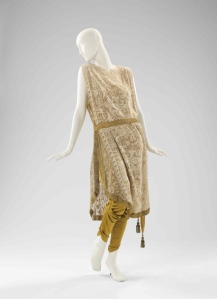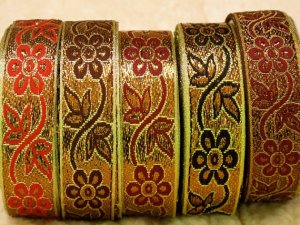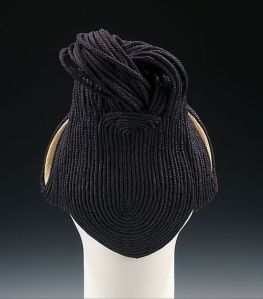High Style Sunday
The Brooklyn Museum Costume Collection
Last one hundred years have produced many prominent designers. Without their marks on the fashion world, collections would have been undoubtedly duller. I went to see the show and was devastated, feeling that no matter what I design or how I stylish myself and others, I would just be following gingerly their steps.
Seeking the same altered sense of consciousness, please visit:
100 34th Avenue
San Francisco, CA 94121
Rosekrans Court, Special Exhibition Galleries 20B-F
Fashion in the 20th century features influences of clothing from world cultures. So let’s have a look!
-Callot Soeurs’ evening wear have ostensible oriental influence. You look at the dresss and immediately you will think of Princess Jasmine from Aladdin. Their exotic detail must be very appealing to the eye of European audience in the early 20st century. I think Callot Soeurs’ oriental-inspired wear are not her most fine or extravagant works——some of her silk dresses are epitomes of lushness and finess. Nevertheless, these avant garde pieces resembling Indian dhoti pants are the evidence of an artist’s boundless creativity.
-Carolyn Schnurer’s use of exotic colors took Paris by storm when her collection was introduced. Look at the Sari-inspired sun dress from 1950 and the accompanying bathing suit from 1961. So artistically authentic! Yet so aesthetically culturally dependent. The indulgent use of brilliant colors and gold threads and geometrical patterns gives new life and ways of interpretation to the traditional Indian clothing.
-Africa was clearly something Sally Victor had in mind when she designed this hat that resembles the hair braids worn by the Africans.
The list goes on. How Elsa Schiaparelli designed evening ensembles that were inspired by Spanish and Mexican toreadors’ suit. How Gibert Adrian pieced his works together in the same way the Housa peoples in Africa did theirs. Those designers turned the design areas upside down with their pioneering efforts in finding something new and their acute appreciation for things that are inherently beautiful, from their own cultures or not.









